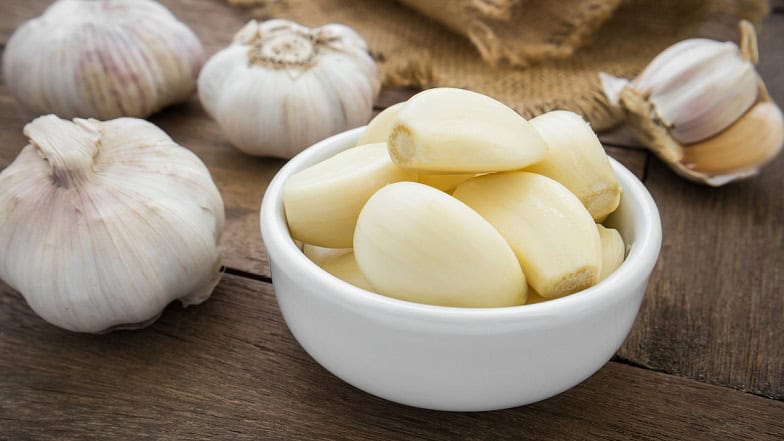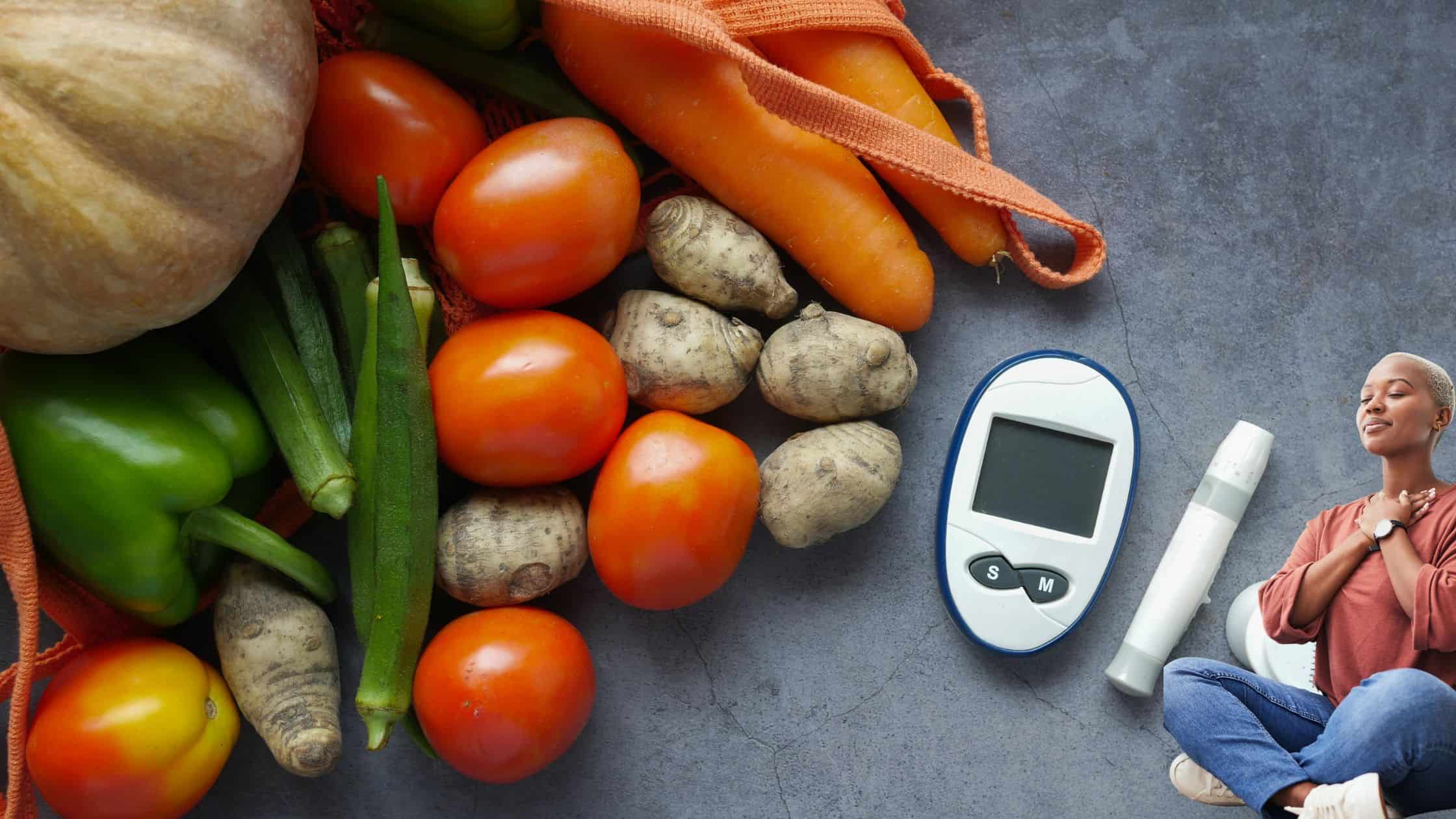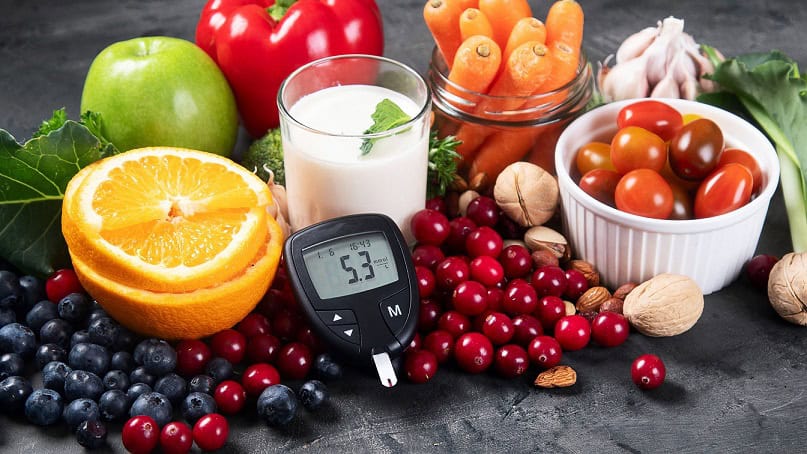Garlic has been used for thousands of years as both a culinary ingredient and medicinal remedy. For people with diabetes, the question “is garlic good for diabetics” has significant importance as they seek natural ways to manage their condition. Research suggests that garlic offers substantial benefits for blood sugar control and diabetes management, making it a valuable addition to a diabetic-friendly diet.
Understanding Diabetes and Blood Sugar Control
The number of people living with diabetes rose from 200 million in 1990 to 830 million in 2022, according to the World Health Organization (WHO). More than 95% of this number live with Type 2 diabetes. In Nigeria alone, over 11 million people currently live with diabetes, with many more undiagnosed cases.
Diabetes occurs when the body struggles to effectively use insulin or produce adequate amounts of this crucial hormone. This results in elevated blood sugar levels that, over time, can lead to serious complications including:
- Diabetic neuropathy (nerve damage)
- Diabetic retinopathy (eye problems)
- Nephropathy (kidney damage)
- Cardiovascular disease
- Foot complications and potential amputation
Managing blood sugar levels through diet, exercise, and natural remedies becomes essential for preventing these complications and achieving diabetes remission.
The Science Behind Garlic and Diabetes
Active Compounds in Garlic
Garlic contains several bioactive compounds that contribute to its therapeutic effects:
- Allicin: The primary active compound responsible for garlic’s distinctive smell and many health benefits
- Alliin: Converts to allicin when garlic is crushed or chopped
- S-allyl cysteine: A stable sulfur compound with antioxidant properties
- Diallyl disulfide: Contributes to cardiovascular and metabolic benefits
Blood Sugar Regulation Mechanisms
Research indicates that garlic helps regulate blood sugar through multiple mechanisms:
- Improved Insulin Sensitivity: Garlic compounds enhance the body’s ability to respond to insulin
- Glucose Absorption: May slow the absorption of glucose in the intestines
- Liver Function: Supports healthy glucose production in the liver
- Antioxidant Activity: Reduces oxidative stress that can worsen insulin resistance
Clinical Evidence: Garlic’s Benefits for Diabetics
Research Findings
Several studies have demonstrated garlic’s effectiveness in diabetes management:
| Study Type | Duration | Results | Participants |
|---|---|---|---|
| Meta-analysis (2017) | Various | 10% reduction in fasting glucose | 768 participants |
| Clinical trial (2014) | 12 weeks | 12% decrease in HbA1c levels | 60 type 2 diabetics |
| Randomized study (2016) | 8 weeks | Improved insulin sensitivity by 15% | 45 participants |
Key Benefits for Diabetics
Blood Sugar Control: Regular garlic consumption can help lower fasting blood glucose levels by approximately 10-15%, making it an effective tool to reverse diabetes naturally when combined with proper diet and lifestyle changes.
HbA1c Improvement: Studies show garlic supplementation can reduce HbA1c levels, which measure average blood sugar over 2-3 months. Maintaining HbA1c below 7% is crucial for preventing diabetic complications.
Cardiovascular Protection: Diabetics face twice the risk of heart disease compared to non-diabetics. Garlic helps by:
- Reducing blood pressure
- Improving cholesterol profiles
- Supporting healthy blood circulation
- Reducing inflammation
Is White Meat Good for Diabetics?
10 Best Fruits for Diabetic Patients: A Guide to Safe Fruit Consumption
How to Incorporate Garlic for Diabetes Management
Optimal Dosage and Preparation
For maximum therapeutic benefit, consider these guidelines:
Raw Garlic: 2-3 cloves daily, crushed or chopped and allowed to sit for 10 minutes before consumption to activate allicin
Garlic Supplements: 600-1200mg daily of aged garlic extract (consult healthcare provider before starting)
Cooking with Garlic: While cooking reduces some active compounds, cooked garlic still provides health benefits
Practical Implementation
- Add crushed garlic to salad dressings
- Include garlic in vegetable soups and stews
- Create garlic-infused olive oil for cooking
- Combine with other diabetes-friendly foods like leafy greens and lean proteins
Get Our Diabetes Diary Guidebook to Reverse Type 2 Diabetes Naturally
Integration with Comprehensive Diabetes Management
Garlic works best as part of a holistic approach to diabetes management. Based on successful diabetes reversal programs, the three essential pillars include:
1. Diet Modification
Following a low-carb or ketogenic diet can significantly improve blood sugar control:
Recommended Daily Carb Intake:
- Moderate carbohydrate: 130-225g
- Low carbohydrate: under 130g
- Very-low carbohydrate: under 30g
Low-Carb Nigerian Foods that pair well with garlic:
- Non-starchy vegetables (spinach, cabbage, cucumber)
- Lean meats and fish
- Healthy fats (palm oil, coconut oil, olive oil)
- Nuts and seeds
2. Regular Exercise
Physical activity enhances garlic’s benefits by:
- Improving insulin sensitivity
- Lowering blood glucose levels
- Supporting cardiovascular health
Recommended Exercise: At least 150 minutes of moderate-intensity aerobic activity weekly, plus strength training 2-3 times per week.
3. Intermittent Fasting
When combined with garlic consumption, intermittent fasting can amplify blood sugar benefits through:
- Reduced insulin resistance
- Improved metabolic flexibility
- Enhanced cellular repair processes
Safety Considerations and Precautions
While garlic is generally safe for most diabetics, important considerations include:
Potential Interactions
- Blood-thinning medications: Garlic may enhance anticoagulant effects
- Diabetes medications: May potentiate blood sugar-lowering effects, requiring medication adjustment
- Blood pressure medications: Could lead to excessive blood pressure reduction
Side Effects
Common side effects include:
- Digestive upset
- Bad breath and body odor
- Skin irritation (rare)
- Potential allergic reactions
Complementary Natural Approaches
Garlic works in tandem with other natural diabetes management strategies:
- Cinnamon: Helps improve insulin sensitivity
- Apple Cider Vinegar: May reduce post-meal blood sugar spikes
- Bitter Gourd: Contains compounds that act similar to insulin
- Fenugreek: Supports healthy glucose metabolism
Creating a Sustainable Diabetes Management Plan
Success in managing diabetes naturally requires consistency and patience. Consider these implementation strategies:
- Start Gradually: Begin with small amounts of garlic and increase slowly
- Monitor Blood Sugar: Track levels before and after meals to understand garlic’s impact
- Maintain Regular Medical Care: Continue working with healthcare providers
- Focus on Whole Foods: Emphasize natural, unprocessed foods
- Stay Hydrated: Drink adequate water to support kidney function and blood sugar stability
Conclusion
The evidence strongly supports that garlic is good for diabetics when used as part of a comprehensive management approach. Its ability to improve insulin sensitivity, lower blood glucose levels, and provide cardiovascular protection makes it a valuable natural remedy. However, garlic should complement, not replace, proper medical care and established diabetes management strategies.
By combining garlic consumption with low-carb eating, regular exercise, and intermittent fasting, you can successfully reverse diabetes naturally and reduce dependence on medications. The key lies in consistency and a commitment to long-term lifestyle changes that support optimal blood sugar control and overall health.
Remember that diabetes reversal takes time and requires determination, patience, and persistence. While garlic offers significant benefits, the journey to diabetes remission involves multiple factors working together to restore your body’s natural ability to manage blood sugar effectively.
Get Our Diabetes Diary Guidebook to Reverse Type 2 Diabetes Naturally
Disclaimer: The materials contained in this article are based on the author’s experience and research through credible sources. The statements presented here are meant to help you improve your sugar levels and reverse/prevent diabetes complications, reverse your Type 2 diabetes and put it in Remission, but results may vary from person to person. In no event will Boedirep be liable for damages of any kind whatsoever arising from the use or misuse of our books and articles. The information presented here should not be interpreted as medical advice. If you have any doubts or concerns related to your diabetic condition, we strongly recommend you seek the counselling of your doctor. You can contact us too.






